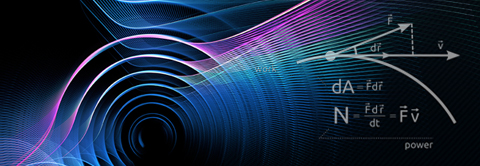Laboratory experiments relevant to mesospheric clouds, Saturn’s rings & astrophysical jets
2016.05.31 17:07
| 날짜 | 2016-06-01 16:00 |
|---|---|
| 일시 | Jun 1 (Wed) 4 PM |
| 장소 | #1323(E6-2 1st fl.) |
| 연사 | Kil-Byoung Chai, Caltech |
Laboratory experiments relevant to mesospheric clouds, Saturn’s rings & astrophysical jets
Jun 1 (Wed) 4 PM, #1323(E6-2 1st fl.)
Kil-Byoung Chai, Caltech
An rf discharge with liquid nitrogen cooled electrodes and injected water vapor has been used to study nucleation, growth, and dynamics of water-ice grains spontaneously formed in a plasma environment. Examples of water-ice dusty plasmas include polar mesospheric clouds, Saturn’s diffusive rings, and protoplanetary disks. We found that fast grain growth to nonspherical shape with up to 5:1 elongation occurs when the water molecule mean free path exceeds the ice grain screening length. Ice grains grow largest in light gas plasmas, up to 500 µm long in hydrogen plasma. Elongated ice grains align along the plasma ambipolar electric field. Microscope images reveal that the ice grains have fractal nature with 1.7 typical fractal dimension. After the growth process ends, poloidal vortex motion of ice grains is observed and is shown to result from the non-conservative ion drag force.
The Caltech jet experiment produces low beta, high Lundquist number, high density (~1022 m-3) MHD-driven plasma jets and so is similar to astrophysical jets and solar corona loops. We have recently studied various phenomena associated with magnetic reconnection induced by a kink-driven Rayleigh-Taylor instability using comprehensive diagnostics. The results of this study include the following: A spatially localized EUV burst is imaged at the presumed position of fast magnetic reconnection in a plasma jet; the existence of this localized EUV burst indicates strong localized electron heating. Circularly polarized high frequency whistler waves are simultaneously observed indicating that Hall dynamics likely governs the reconnection. Spectroscopic measurement shows simultaneous fast ion heating. We propose that the electron heating is consistent with Ohmic dissipation while the ion heating is consistent with ion trajectories becoming stochastic.







